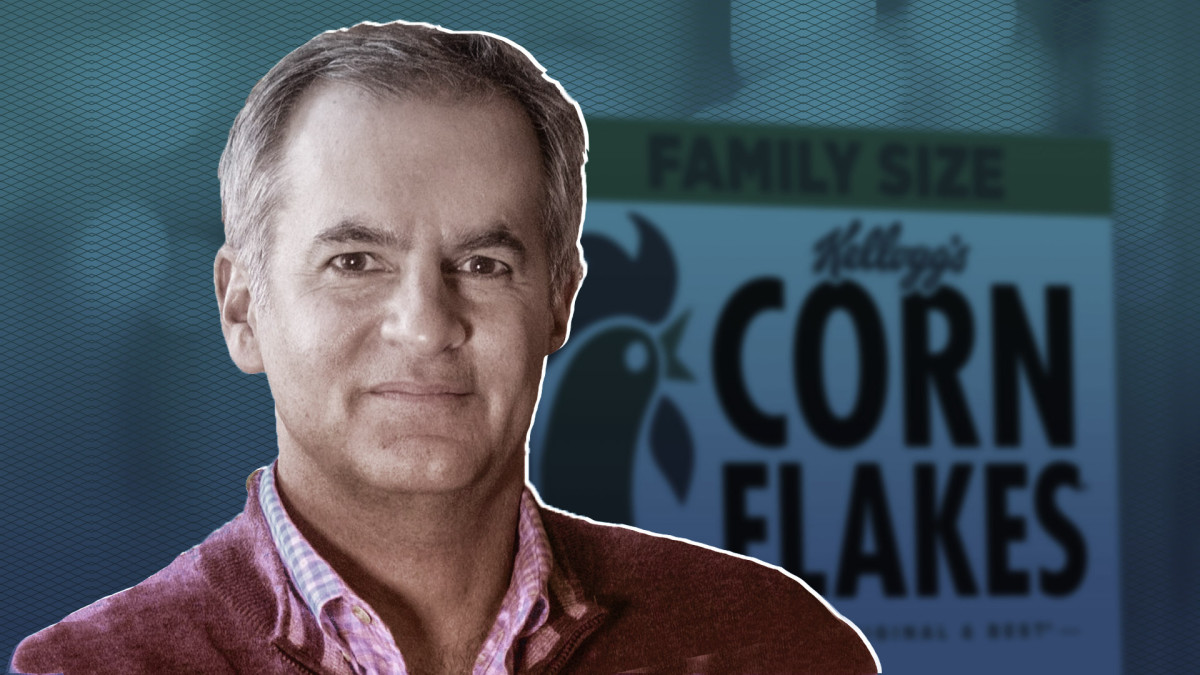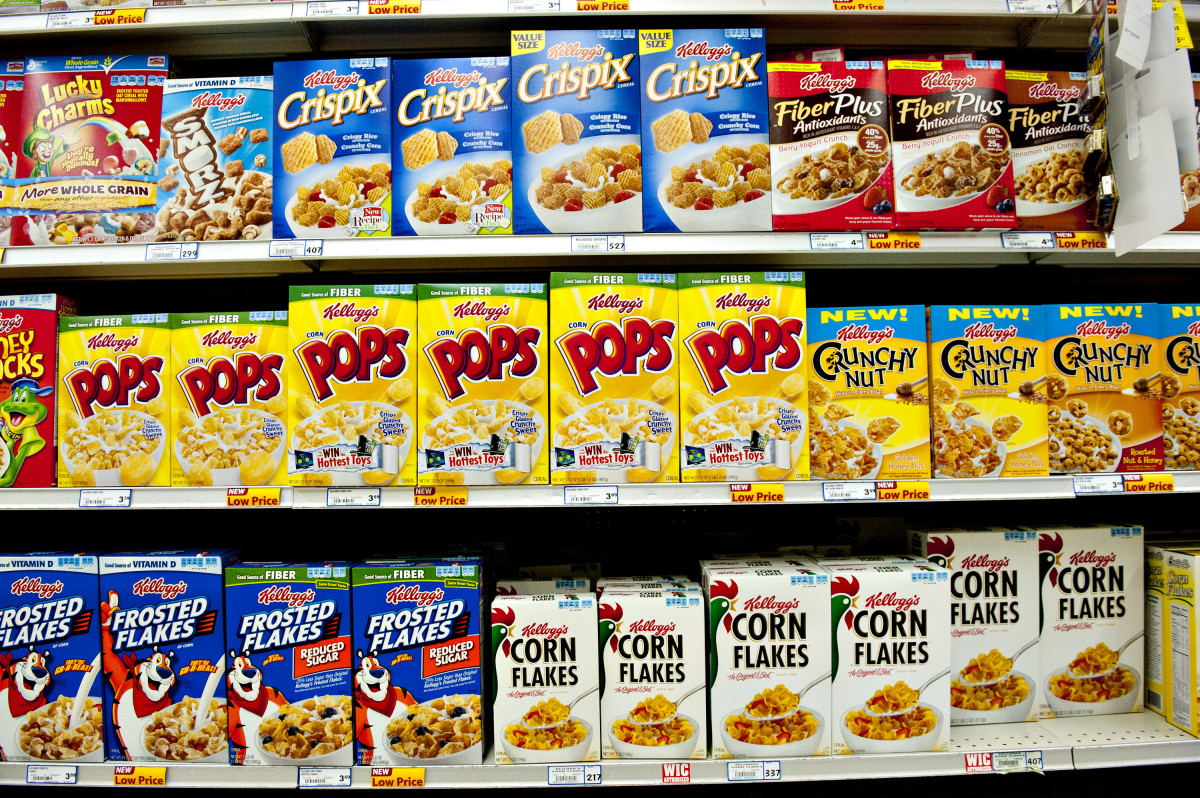
If it feels like you're paying more every time you make a visit to the grocery store or corner store, you're probably not wrong.
One of the hardest things to budget for is food, since it's a necessity we all need and prices can spiral seemingly uncontrollably without much of a forewarning.
Related: KitchenAid unveils new luxury appliance coffee drinkers will love
Prices can also be notoriously finicky; once they go up and consumers adjust to the new cost of eggs, for example, it's hard to bring them back down. And even if a family decides to cut back on splurges like dining out or ordering delivery, the bill at the grocery store for even the most basic staples can cut a serious hole in one's wallet.
According to the U.S. Department of Agriculture, 2022 saw a near-record food price increase of 11.4% – the largest hike since the 1980s. Its data predicts 2023 experienced a subsequent 6.3% increase in prices. Some of the most expensive items in a grocery store in recent months have been beef, olive oil, produce like peaches and oranges, and chocolate.
And the most recent Consumer Price Index (CPI) indicates that prices rose more than expected at 3.1% overall on a 12-month basis, above the 2.9% most analysts were expecting.
Here's a list of some of the biggest fluctuations compared to the previous month:
- Food: increase 0.3%
- Energy: increase 0.5%
- New cars: stable at 0%
- Apparel: decrease 0.7%
- Shelter: increase 0.6%
- Transportation: increase 1%
- Medical care services: increase 0.7%
For the largest food and retail companies, higher prices has been a difficult problem to solve for. Do you pass the price hikes on to consumers, who may then choose to shop elsewhere? Or do you absorb those expenses into your own balance sheet, thereby disappointing investors and cutting into your own profits?
Kellogg's CEO has an idea for cost-cutting
One pantry staple that's noticeably gone up has been cereal, with the overall cost up somewhere between 10-15% year-over-year, depending on the brand and quantity measured. With some childhood brand favorites nearing $10.99 per box in some parts of the country, it's natural that a lot of families might be tempted to leave the cereal on the shelf and instead opt for something more nutritious and filling for a morning meal.

But Kellogg's (KLG) CEO Gary Pilnick has a different idea, instead telling America that families struggling to make ends meet should eat more cereal – not less.
“The cereal category has always been quite affordable, and it tends to be a great destination when consumers are under pressure,” Pilnick told CNBC in February. “If you think about the cost of cereal for a family versus what they might otherwise do, that’s going to be much more affordable.”
Pressed by "Squawk on the Street" host Carl Quintanilla if that sentiment might land wrong, however, Pilnick doubled down.
“In fact, it’s landing really well right now," Pilnick continied. "Cereal for dinner is something that is probably more on trend now, and we would expect [it] to continue as that consumer is under pressure.”
Kellogg's owns popular cereal brands like Frosted Flakes, Froot Loops, Corn Flakes, Raisin Bran. A 12 ounce box of Frosted Flakes costs $6.75 at a south Florida-based Publix currently, while a 15.9 ounce box of Raisin Bran Crunch costs $6.79 at a nearby CVS.
Kellogg's ran an ad campaign in 2022, telling American consumers to "Give chicken the night off," and instead add cereal to their nightly meal rotation. For reference, one skinless, boneless chicken breast weighing about 172 grams offers 284 calories, 53 grams of protein and zero grams of carbs. A serving of Froot Loops, which weighs in at about 39 grams offers 150 calories, 34 grams of carbohydrates, 12 grams of sugar and 2 grams of protein.
Related: Veteran fund manager picks favorite stocks for 2024







